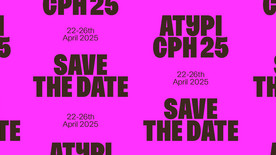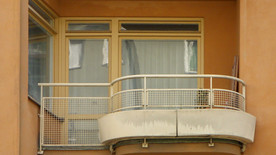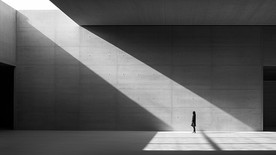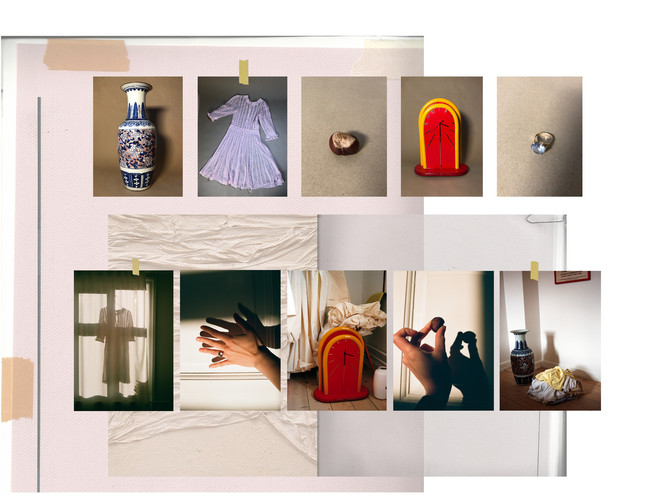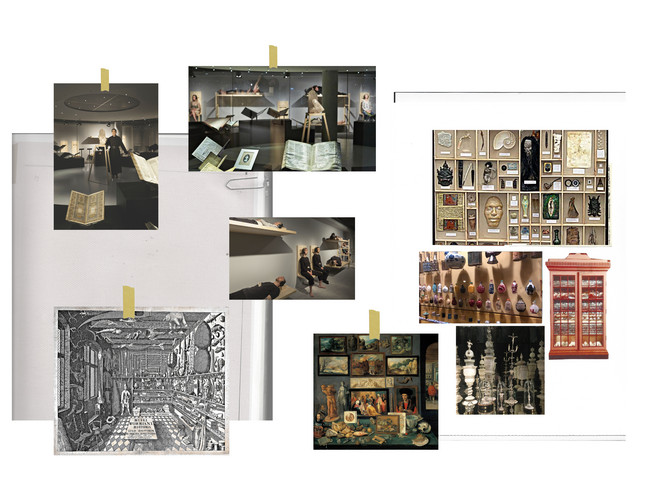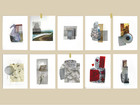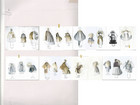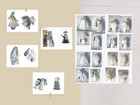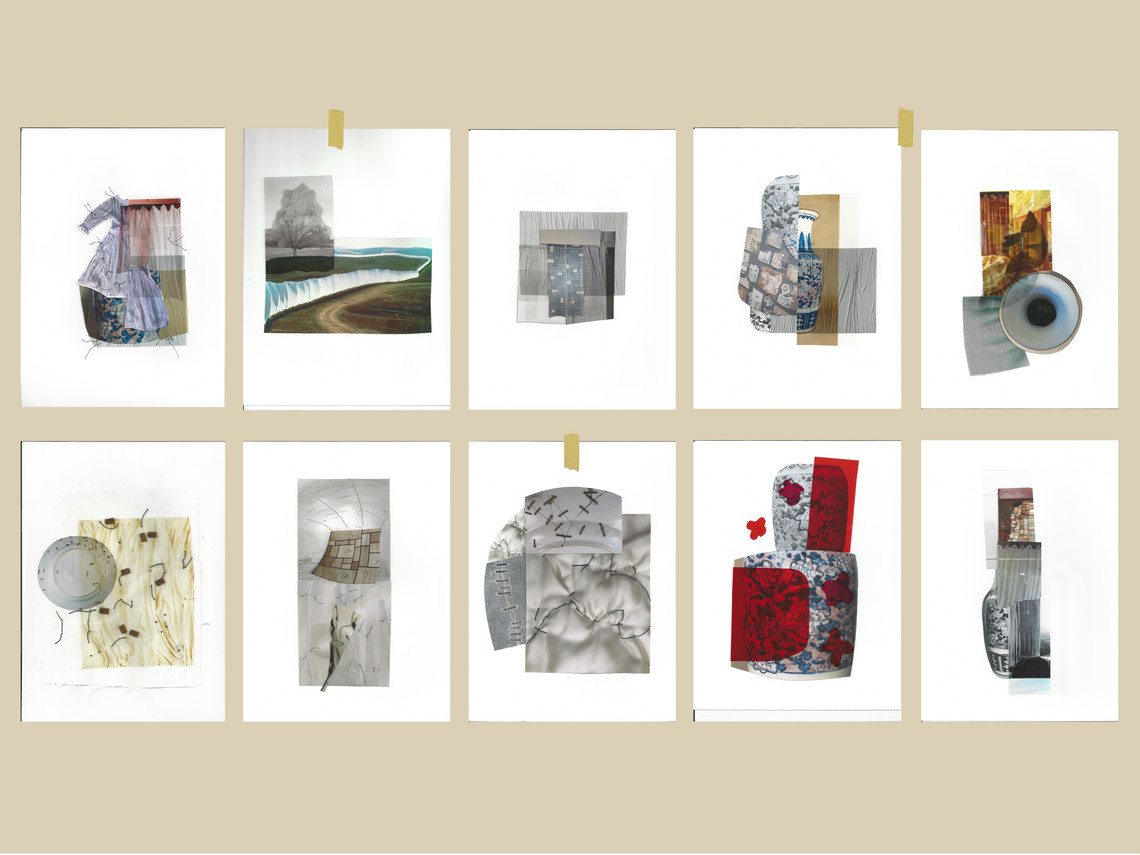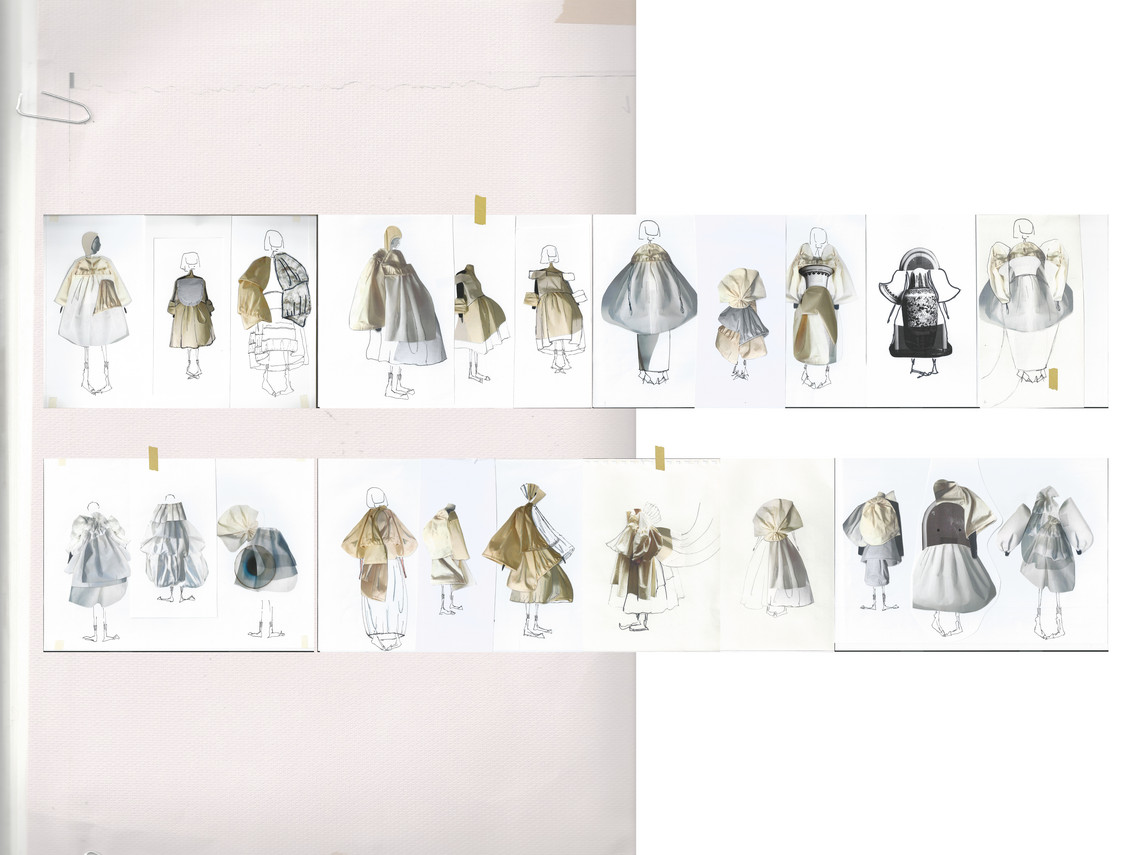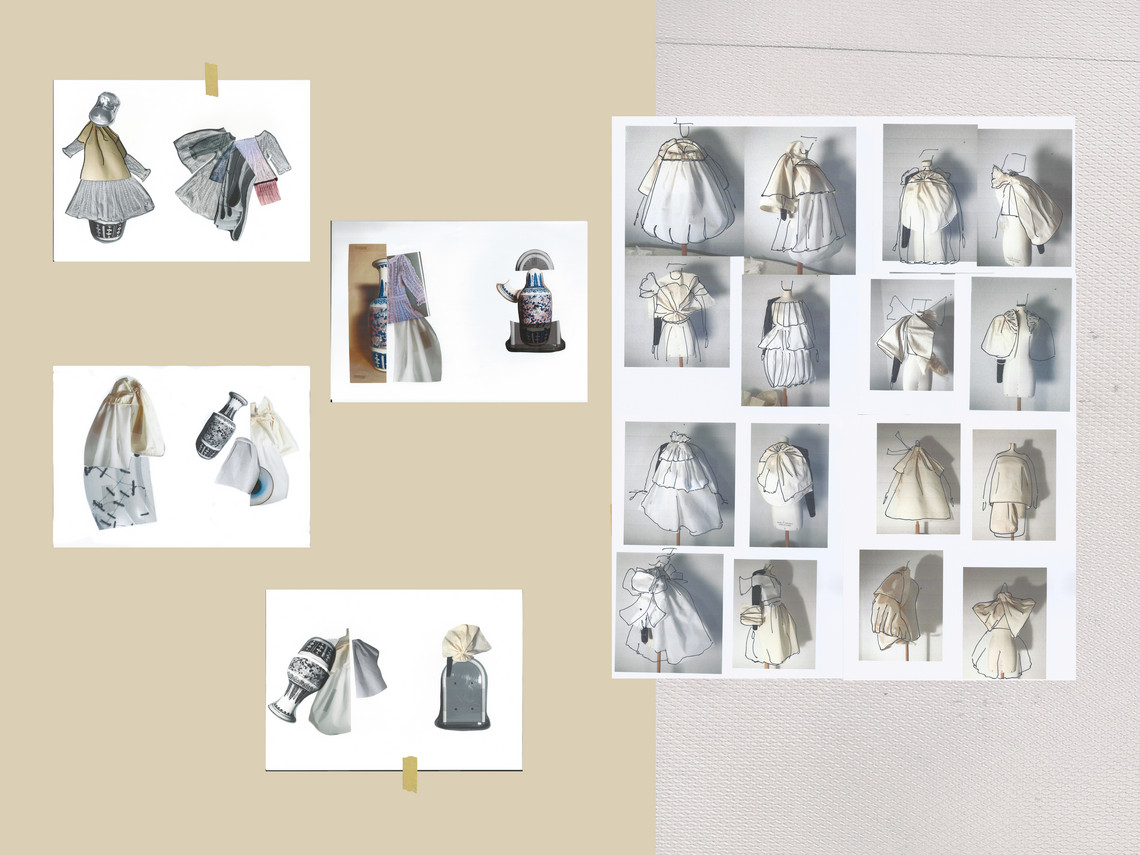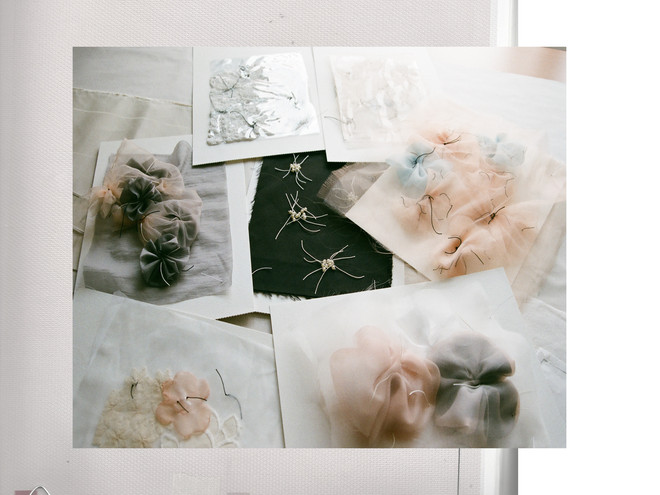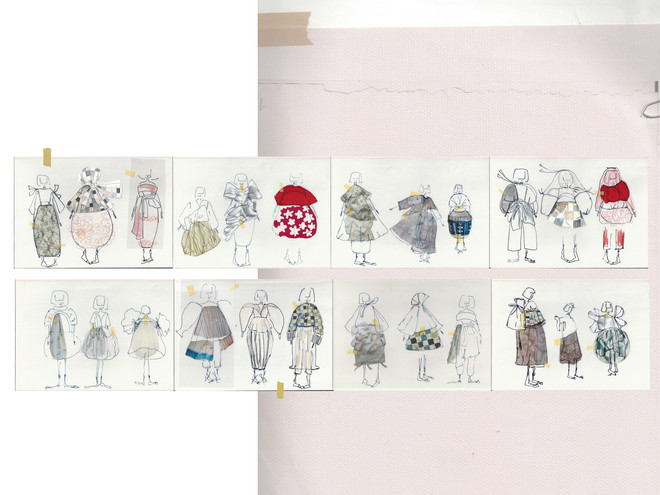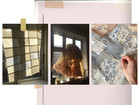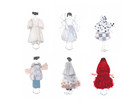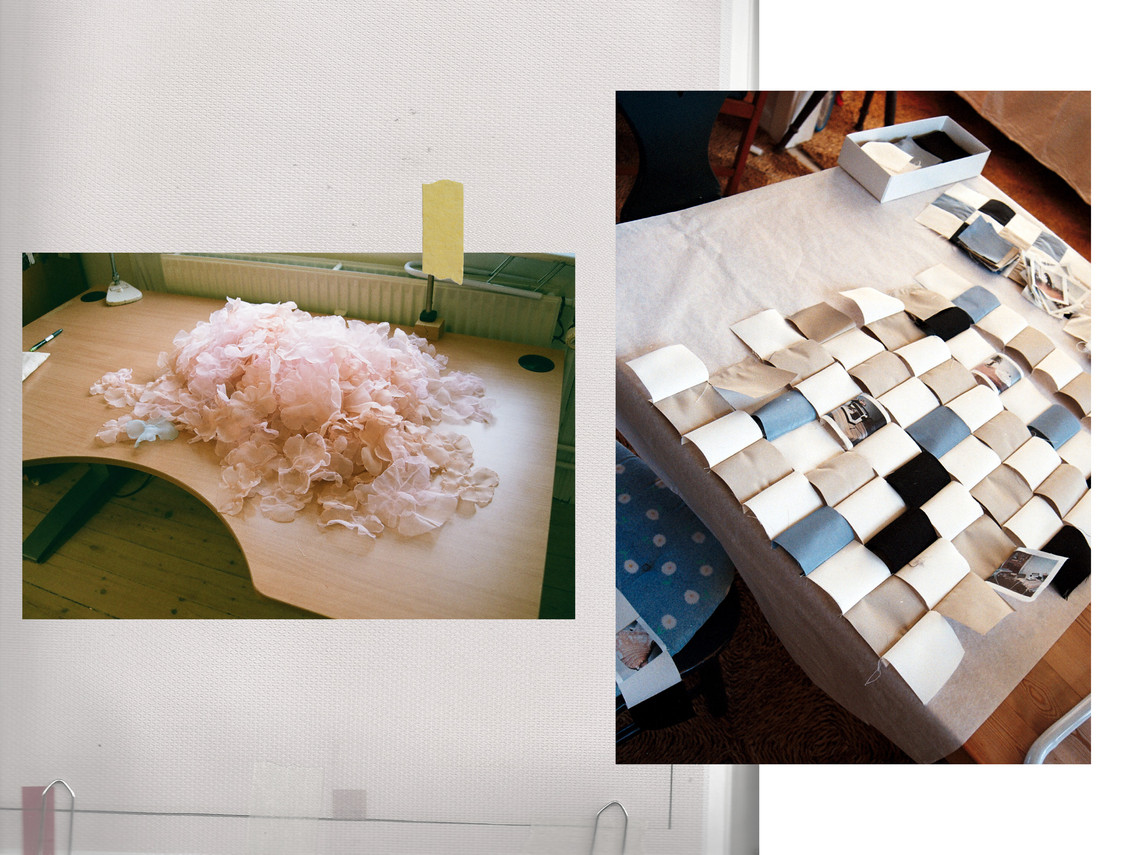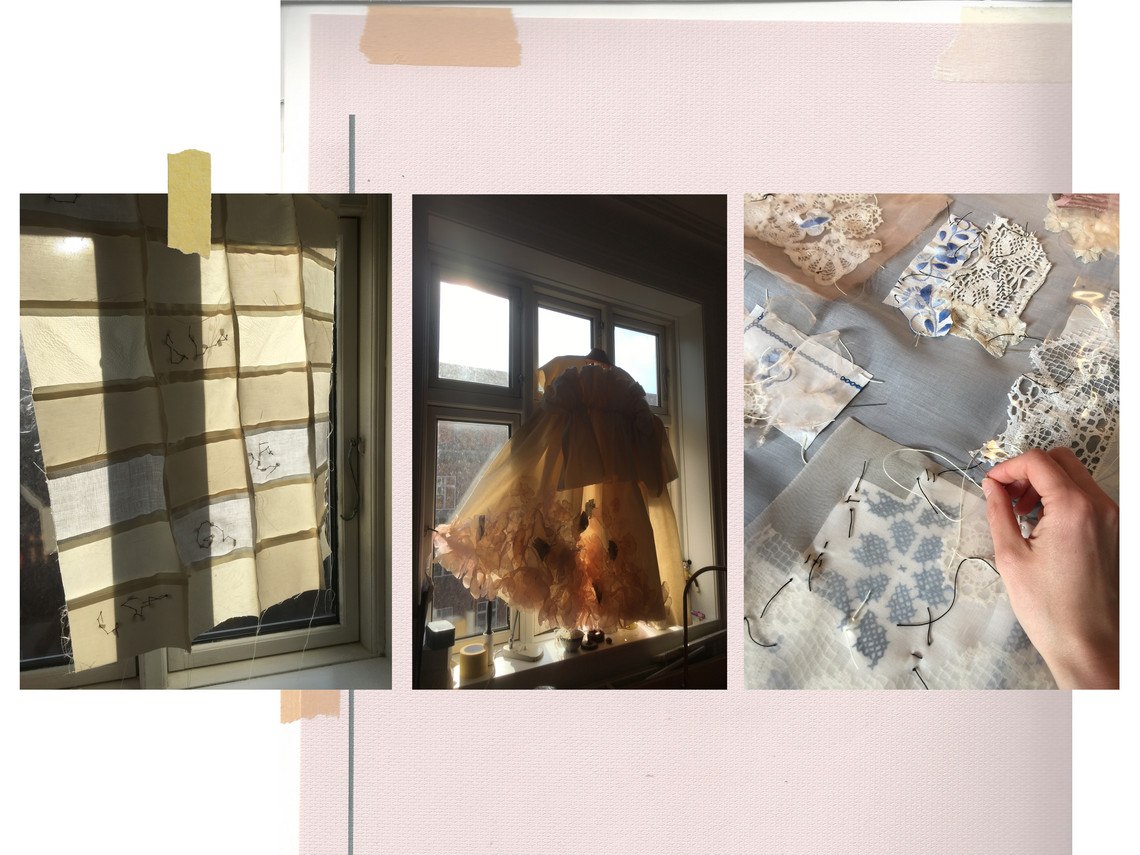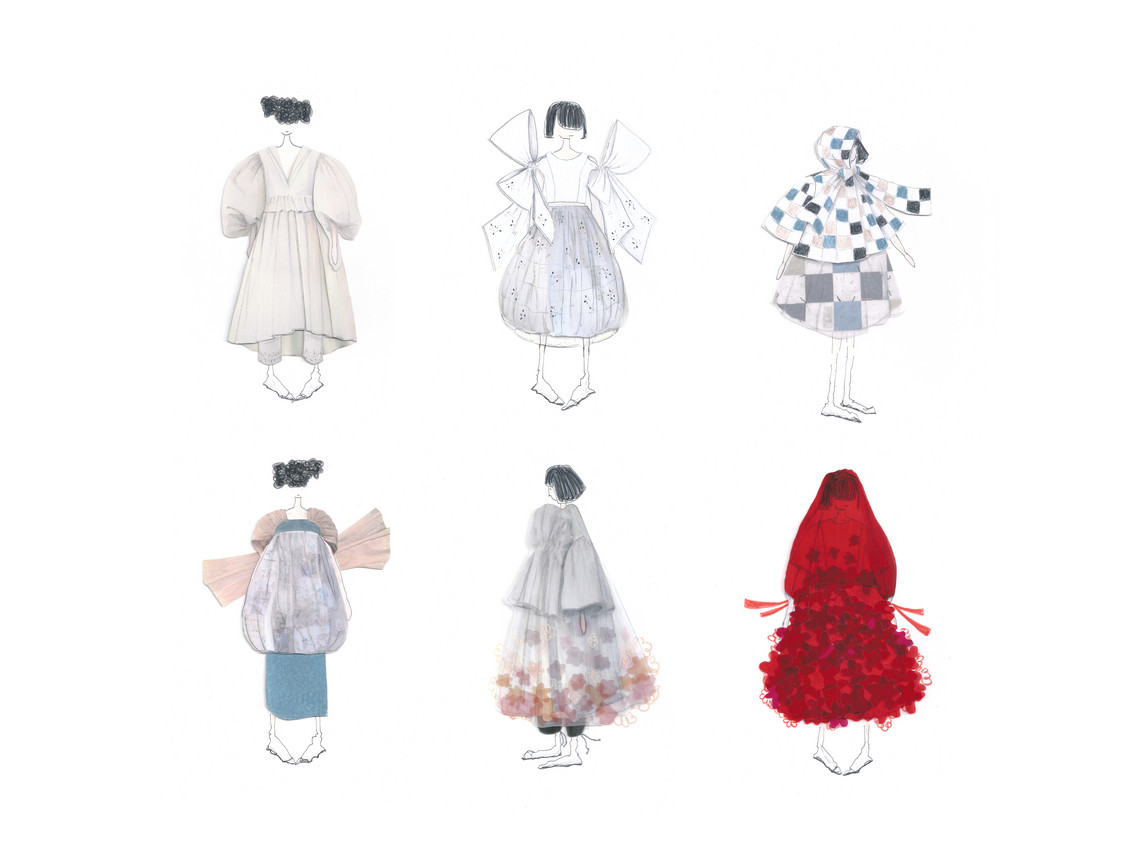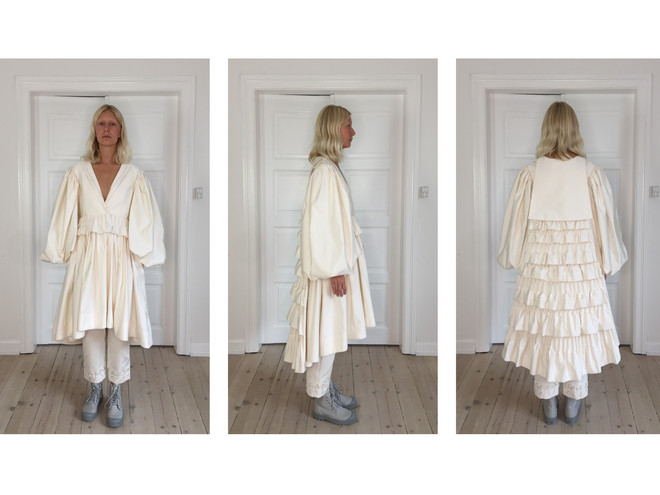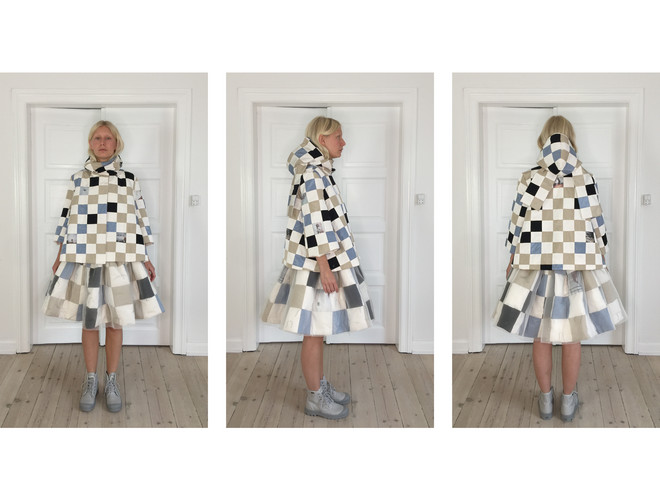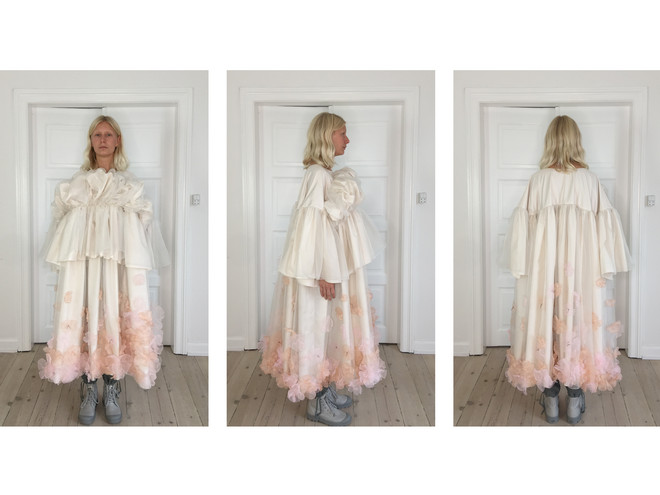
Cabinet of Curiosities
Have you ever found a treasure? This project explores the overall concept of treasures and their stories. Based on perspectives of phenomenology this project investigates how to work with textile expressions as a media for creating a haptic experience for the viewer. For me, textiles work as a confidential conversation partner in the process of creating narratives within surface and shape. Textiles allure me because of their intimate character. This intimate character of the textiles as a media works well with this mysterious, secretive and private atmosphere around the concept of treasures. Hand stitching, details and ornamentations is a core element in the project. The hand stitching emphasizes physical engagement it gives the surfaces the sense of touch. It appeals to our tactile imagination. Seen from a phenomenological perspective it is the manual touch of the hand – the craftsmanship that build the base for understanding my project and create a haptic experience.
In a world where consumption and mass production is rapidly eating up the planets resources, it is relevant to start a reflection on the objects we treasure most. Why are they special to us, why would we never let go of them, why do we keep them safe, and why would we do our best to glue them or stich them back together if they would brake? Treasures are unique because of the story and memory they hold – You can’t just replace them with something new.
My project can be seen as an homage to the concept of keeping, preserving and treasuring. It can be connected to United Nation’s Sustainable Development goal number 12 – Responsible Consumption and Production. UN states that: “Sustainable consumption and production aims at “doing more and better with less”, this also means that there is a need to educate consumers on more sustainable consumption”. My project is not directly about educating, what I rather want to do is to create reflection through a haptic experience. By reflecting on the treasures that matters to us we would maybe also start a reflection on the objects we just consume.
The point is to capture and preserve atmospheres related to a selection of treasures and interpret them into tactile expressions and gather them in my own version of a cabinet of curiosities inspired by Museum Wormianum from the 17th century. The final collection is my personal cabinet of curiosities, a micro cosmos, a museum of personal memories.

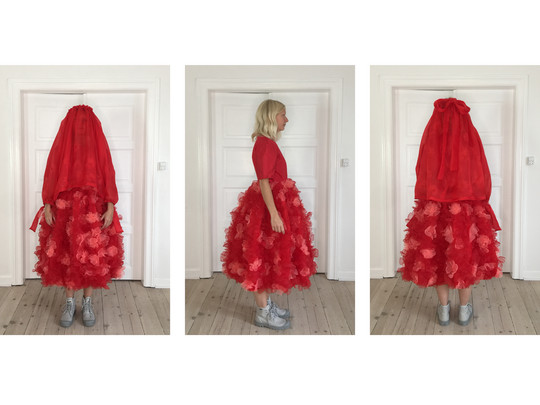
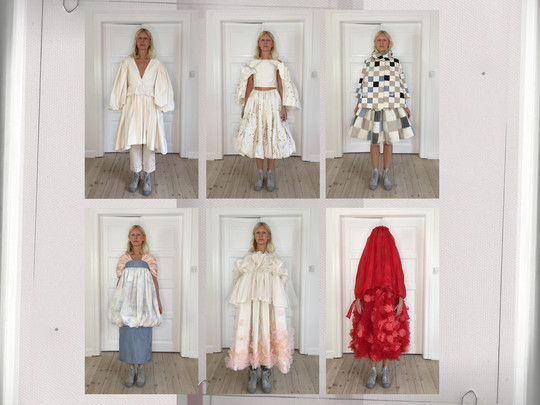
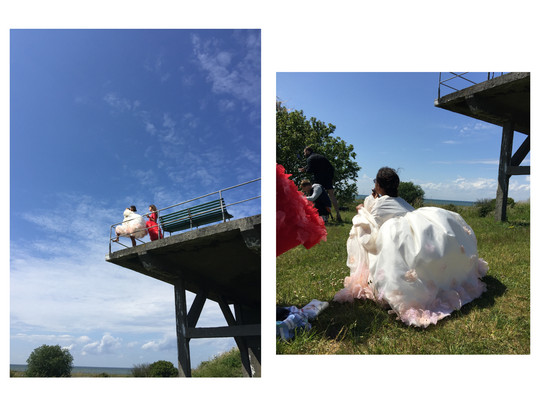
Det Kongelige Akademi understøtter FN’s verdensmål
Siden 2017 har Det Kongelige Akademi arbejdet med FN’s verdensmål. Det afspejler sig i forskning, undervisning og afgangsprojekter. Dette projekt har forholdt sig til følgende FN-mål










